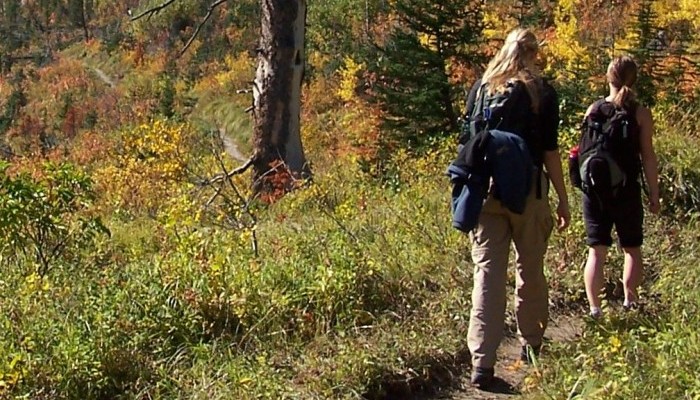Geotalk is a regular feature highlighting early career researchers and their work. Following the EGU General Assembly, we spoke to Stacia Gordon, the winner of the Tectonics and Structural Geology Division Outstanding Young Scientist Award, 2014. First, could you introduce yourself and tell us a little more about your career path so far? My name is Stacia Gordon. I am an Assistant Professor at the ...[Read More]
GeoEd: Citizen Geoscience

In this month’s GeoEd column, Sam Illingworth tells us about the growing use of Citizen Science within research as a means of acquiring data. Whilst the practice is novel and offers exciting opportunities as to volumes of data collected Sam highlights the importance of appropriately crediting the work of the willing volunteers. Citizen Science is a phrase that is currently de rigour in scientific ...[Read More]
Imaggeo on Mondays: Plate it up – a recipe for sea ice errors
Last week, a team of cryospheric scientists published a paper in The Cryosphere that showed how tiny plates of ice can lead to spurious estimates of sea ice thickness. This week, we’re featuring their findings, as well as some spectacular sea ice images in the latest in our Imaggeo on Mondays series… Viewing the poles from above is a stunning sight – a seemingly endless expanse of bril ...[Read More]
Geosciences Column: Meshing models with the small-scale ocean
The latest Geosciences Column is brought to you by Nikita Marwaha, who explains how a new generation of marine models is letting scientists open up the oceans. The new technique, described in Ocean Science, reveals what’s happening to ocean chemistry and biology at scales that are often hard to model… Diving into the depths of the ocean without getting your feet wet is possible through biogeochemi ...[Read More]
